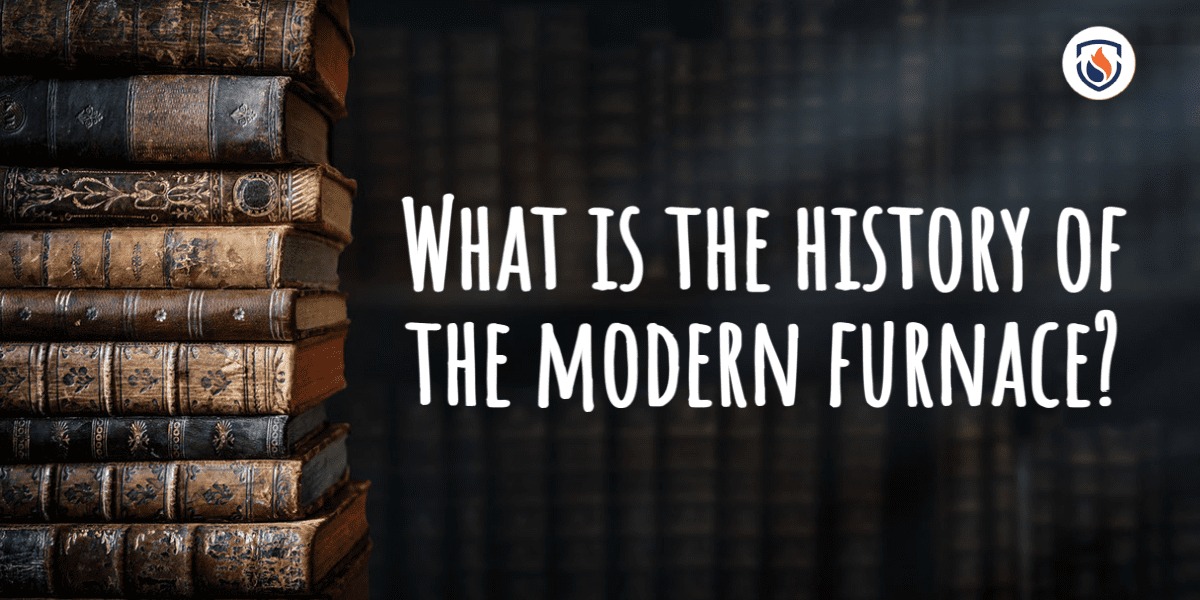Homeowners today are very fortunate to have the luxury of modern residential furnaces. However, residential furnaces have come a long way from rubbing sticks together to create a fire for warmth during prehistorical times. In this section, our professionals at Springboro Heating & Cooling provide a quick look into how residential furnaces have evolved over the years.
When Was the Radiator Invented?
Although the Hypocost is not necessarily a radiator, it was introduced as a similar concept created by the Romans. With that being said, the modern-day radiator was finally invented in 1855 by Franz San Galli. The coal-burning cast-iron radiator was developed by Dave Lennox and was initially inspired by Galli’s radiator within the same year. The equipment was placed in basements and functioned by sending heat upstairs to distribute throughout the whole house.
When Was Electric Heat Discovered?
Finally, in 1822, residential electric heating was brought to light. Progressing forward, American metallurgist Albert Marsh made a huge breakthrough when he discovered that metal contained chrome. This allowed him to shape a heating element hundreds of times more potent than furnaces manufactured around that time. In addition, Marsh’s discovery used electricity to create heat by allowing electric currents to flow through a heating element. Because of this invention and the advancements it brought for the HVAC world, Marsh was labeled “The Father of the Electrical Heating Industry.”
When Was the Central Heating System Created?
Eventually, 1919 arrived, and the first-ever patented central furnace was created by Alice Parker. This invention was the first that allowed warm air to regulate and evenly distribute throughout a residence. From that moment on, residential furnaces and home heating had some significant changes that would advance home comfort as we know it.
When Was Distributed Forced Air Established?
With the invention of the first patented central heating system, advancements had to be made. That is why in 1935, the gravity-fed wall furnace was officially created to distribute heat through ductwork, allowing the air to pass through registers to reach every room of the home. Although this was a huge turning point for residential heating, gravity was not favored by this system of distributing heat because the heated air would fall back into the furnace, thus restarting the home heating process all over again.
What Advantage does the Modern Day Furnace Have?
In today’s day and age, we are lucky to benefit from modern-day residential heating in our homes. However, before we got close to perfecting the beauty of modern heating systems, there was a significant issue with Gravity-fed furnaces. To improve this issue, motor-driven fans were created to pass forced air through a smaller duct system, allowing heat to reach rooms farther away from the furnace.
With all things considered, residential heating systems and furnaces have made huge progress throughout the years. If it were not for the advancements in technology, we would not have the luxury of the optimal home comfort we experience daily. If you have any questions about your home’s heating system or considering an upgrade, do not hesitate to contact us at Springboro Heating & Cooling. We are your local, reliable HVAC experts that can take on any heating, cooling, and air care fixes, no matter the size or scope. Call us today at (937) 600-6834, or schedule an appointment online now by clicking here!









